Trimming African Violets: How To Prune An African Violet Plant
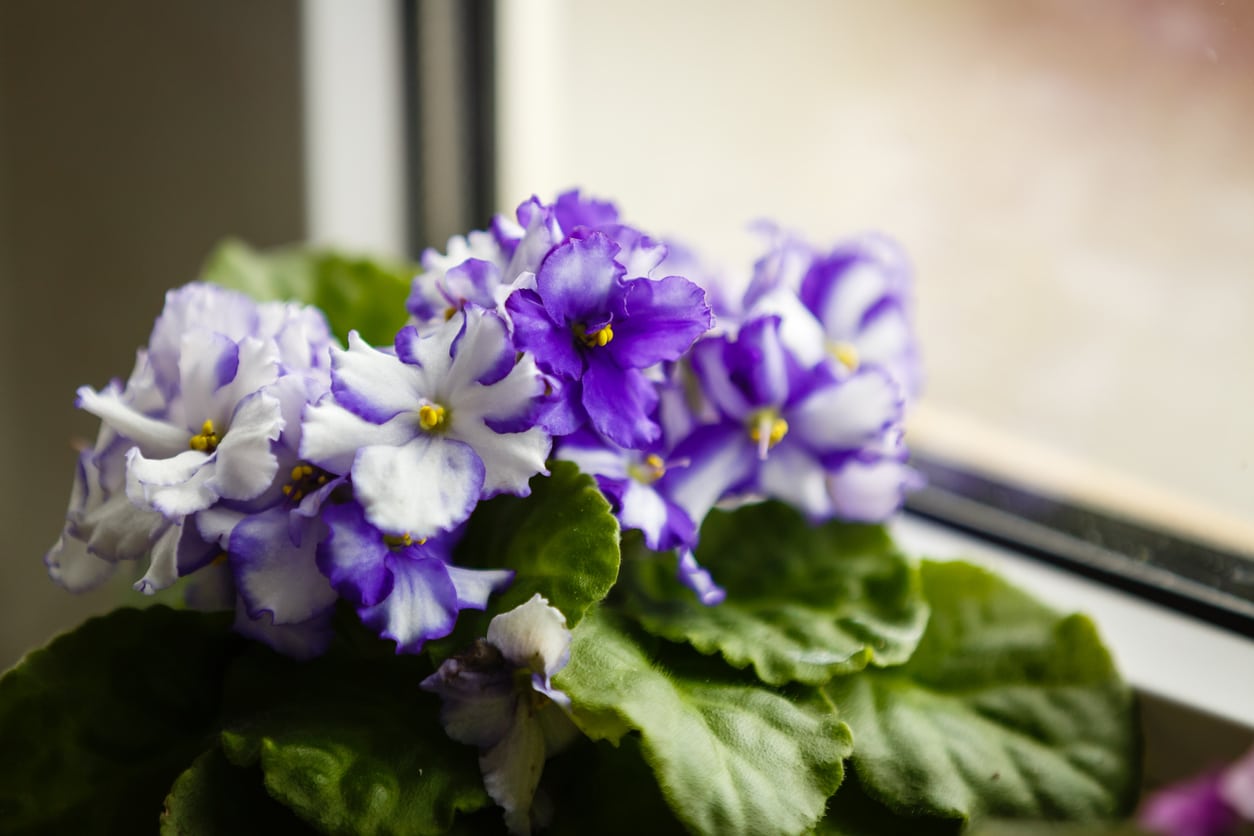

The African violet is one of our most common and beloved houseplants. They are quite easy to care for and have fuzzy leaved charm combined with sweet flowers. African violet pruning is one important care ritual that keeps the plant attractive. Pruning African violets doesn't require shears or loppers but rather just a capable pair of hands. Read on for tips on how to prune an African violet and keep your little plant its showstopping best.
About African Violet Pruning
African violets are a bit old fashioned, but they are still one of the most popular indoor blooming plants. With their softly furred leaves, intensely colored blooms and diminutive size, they snuggle into any moderately bright area of the home. One of the easiest chores that helps the plant attain perfection is trimming African violets. This is a relatively simple task that just needs a little finesse but no real skill or timing. When we talk about pruning, it is easy to envision a tree or shrub and some large bladed cutting implements. These tools have nothing to do with trimming African violets, whose soft stems respond well to lighter means. All you need are some moderately useful fingernails or finely tipped scissors. When you cut back an African violet, the goal is simply to remove dead or damaged leaves and spent flowers. It is strictly a beauty regimen that also allows new growth to access more light and air. You can cut back an African violet at any time of the year, unlike the pruning rules on many other types of plants.
How to Prune an African Violet
In order to keep the plant at its healthiest, remove three or more bottom leaves every month. The plant produces leaves regularly, and this will help balance the appearance of the violet while allowing old leaves to make room for new. Remove spent flowers as they occur. This will help promote the growth of new blooms because the plant doesn't have to direct any energy to old flowers. It also enhances the appearance of the plant and encourages air flow. Using your forefinger and thumb to pinch off the leaf or flower is one way of pruning African violets. You can also use sterilized scissors. Remove plant material as close to the base as possible without cutting into the main stem.
Bonus of Pruning Basal Leaves
African violets are very forgiving plants and don't mind the removal of some healthy basal leaves as you strive for the plant's best appearance. Best of all, these leaves are useful for starting new African violets. Fill a small pot with well-draining, moistened African violet soil and insert the leaf petiole into the medium. You can also root the leaf in water. Use toothpicks to support the leave itself above the water. In just a few months, you will have many new leaves and the plant will soon begin to produce those beguiling flowers.
Gardening tips, videos, info and more delivered right to your inbox!
Sign up for the Gardening Know How newsletter today and receive a free copy of our e-book "How to Grow Delicious Tomatoes".

Bonnie Grant is a professional landscaper with a Certification in Urban Gardening. She has been gardening and writing for 15 years. A former professional chef, she has a passion for edible landscaping.
-
 Zinnias On Repeat: 10 Glorious Cut-And-Come-Again Varieties For Endless Summer Bouquets
Zinnias On Repeat: 10 Glorious Cut-And-Come-Again Varieties For Endless Summer BouquetsThese zinnia varieties keep giving all summer, making them the perfect choice for dedicated cutting gardens – or just the occasional homegrown bouquet.
By Ellen Wells
-
 Create A Romantic Garden Straight Out Of Bridgerton: Regency Era Romance In Your Garden
Create A Romantic Garden Straight Out Of Bridgerton: Regency Era Romance In Your GardenTry some romantic garden ideas straight out of Bridgerton. Flowers and gardens in the Regency era were lush and charming and you can get the same look!
By Bonnie L. Grant
-
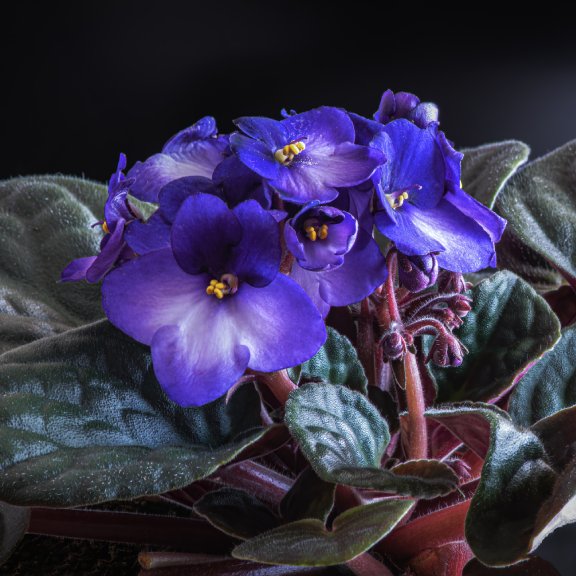 African Violets: Complete Care And Growing Guide
African Violets: Complete Care And Growing GuideFor people who love these sweet plants, African violet care is easy and fun. Knowing what they need is the key.
By Mary Ellen Ellis
-
 What Are Episcia Plants – Learn About Caring For Episcia Varieties
What Are Episcia Plants – Learn About Caring For Episcia VarietiesGrowing Episcia plants adds eye catching appeal to household décor. These colorful houseplants can test the hand of the most experienced green thumb.
By Laura Miller
-
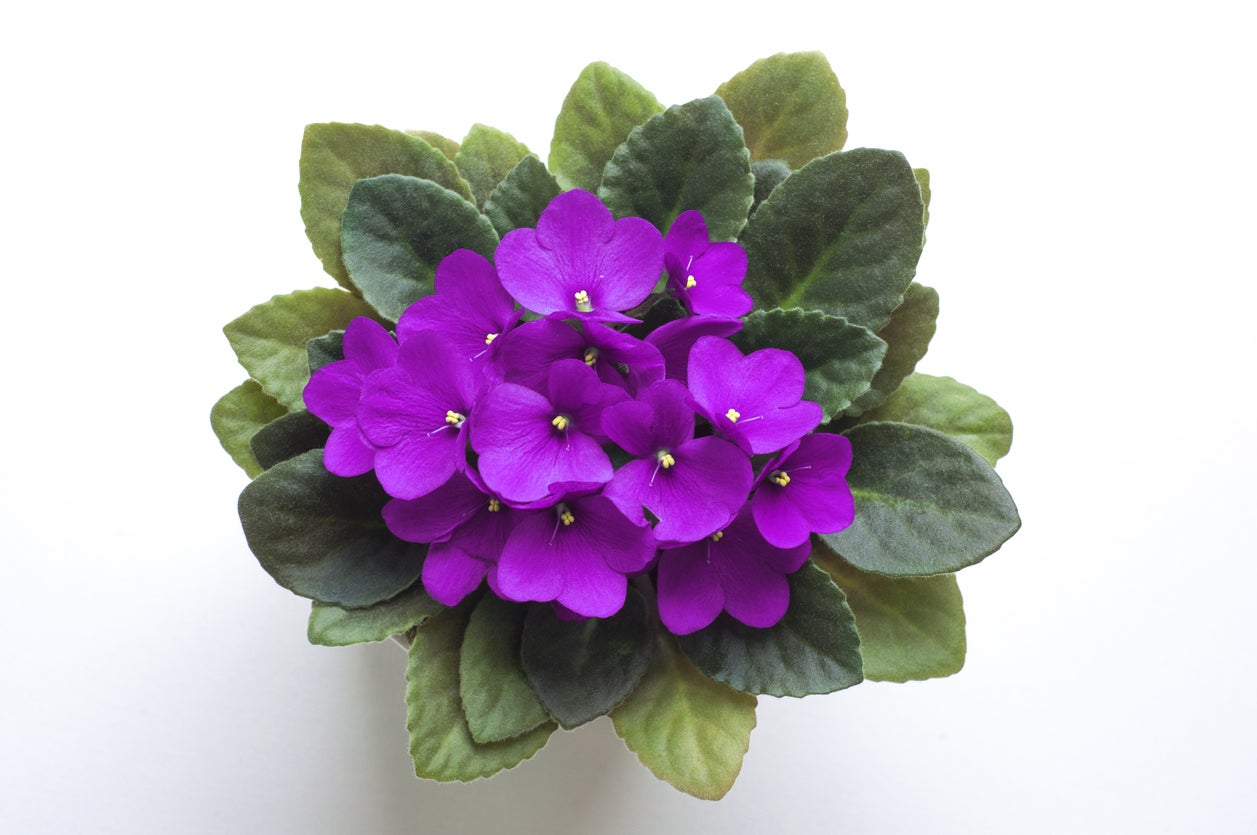 African Violet Flowering Needs: Tips For Getting African Violets To Bloom
African Violet Flowering Needs: Tips For Getting African Violets To BloomMost African violets are sold when flowering. After that, people can have trouble getting them to bloom. What should you do if your African violate won’t flower? Click here for info on African violet flowering needs and tips on how to make African violets bloom again.
By Teo Spengler
-
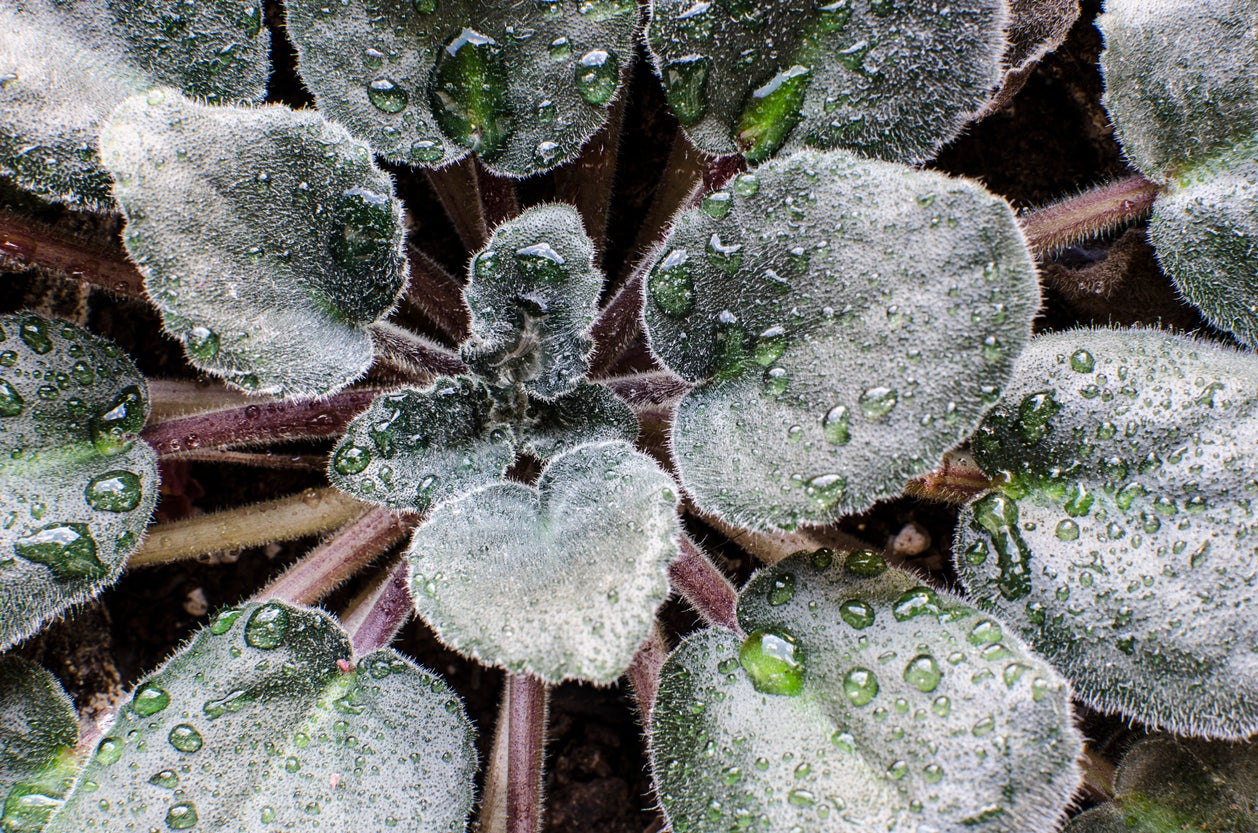 African Violet Watering Guide: How To Water An African Violet Plant
African Violet Watering Guide: How To Water An African Violet PlantWatering African violets isn’t as complicated as you may think. Actually, these charming, old-fashioned plants are surprisingly adaptable and easy to get along with. Wondering how to water an African violet? Click here to learn more about African violet water needs.
By Mary H. Dyer
-
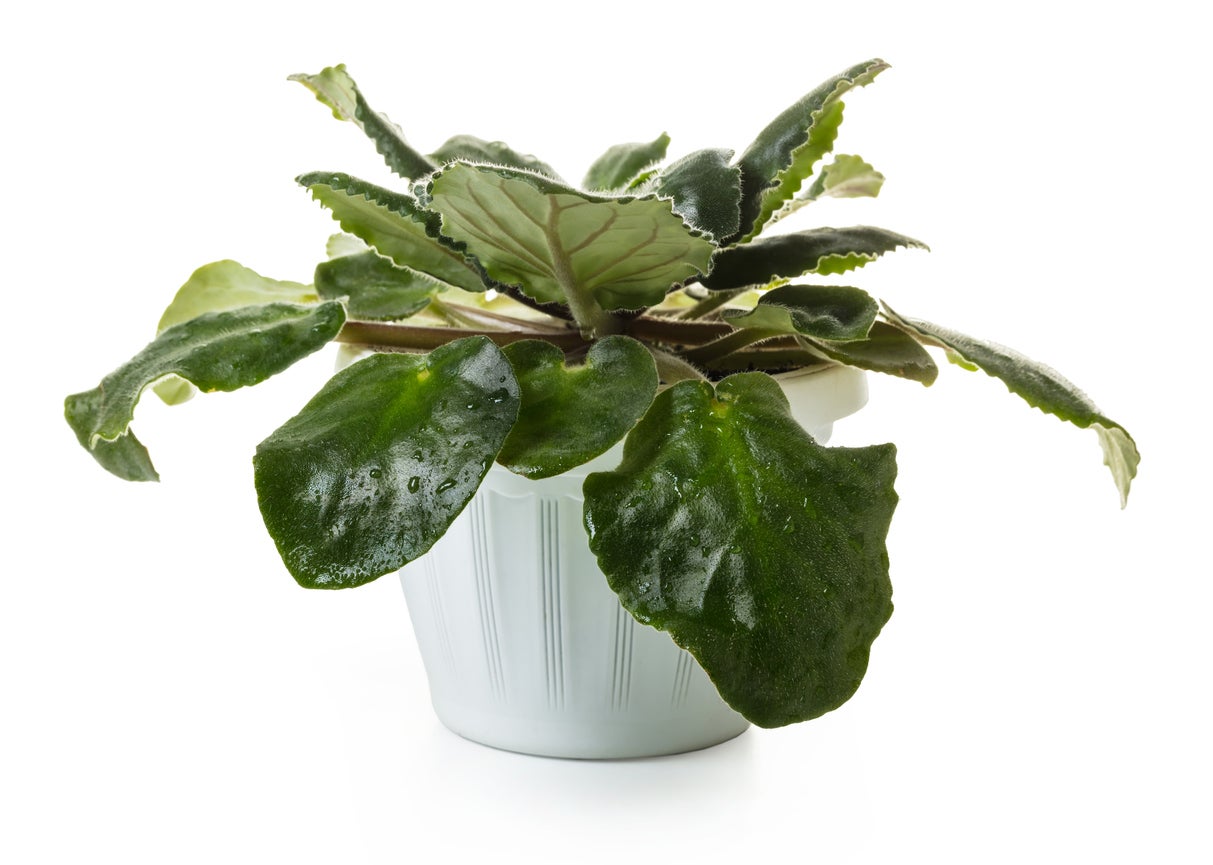 African Violet Leaves Are Curling – What Do Curling African Violet Leaves Mean
African Violet Leaves Are Curling – What Do Curling African Violet Leaves MeanAfrican violets are among the most popular flowering houseplants. But there can be issues with these houseplants. If your African violet leaves are curling, there are a few potential causes and easy solutions. Click this article for more information.
By Mary Ellen Ellis
-
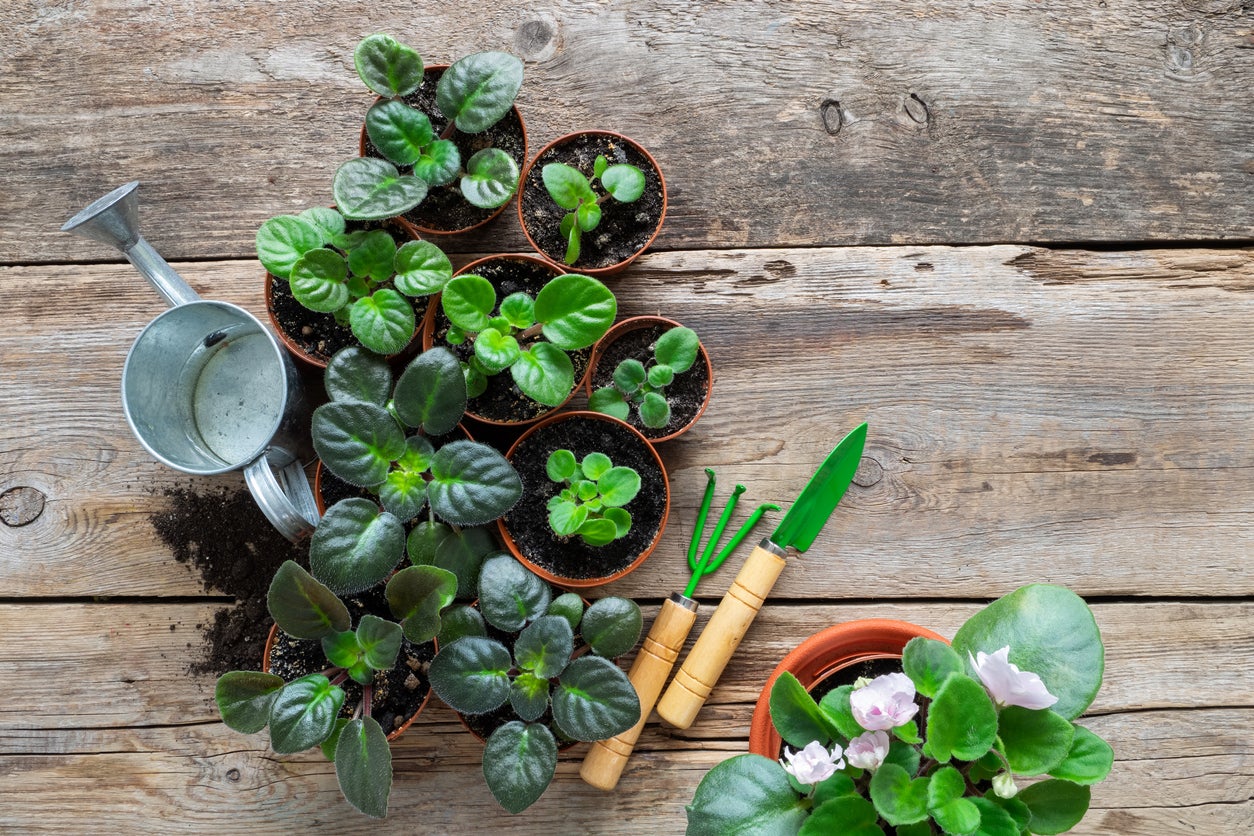 African Violet Repotting – How To Repot African Violets
African Violet Repotting – How To Repot African VioletsAfrican violets can live a long time, as long as 50 years! To get them there, you need to provide good care which includes repotting African violets. The trick is knowing when to repot an African violet and what soil and container size to use. This article will help with that.
By Bonnie L. Grant
-
African Violet Nematode Control: Treating Root Knot Nematodes In African Violet
Nematodes of African violet are tiny worms that infest the roots. They are extremely destructive. For information about African violet root knot nematodes, click this article. We’ll also give you tips on African violet nematode control.
By Teo Spengler
-
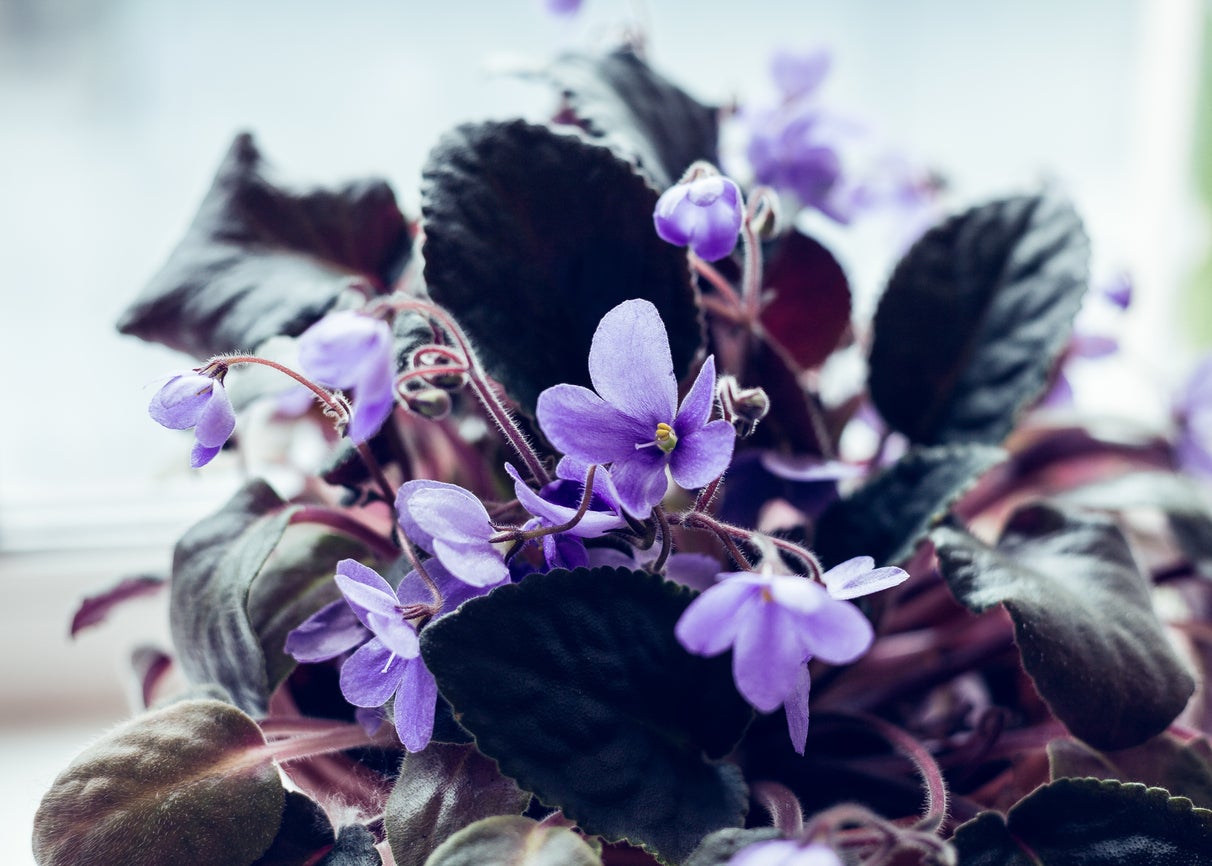 Fertilizing African Violets – Learn How To Feed African Violet Plants
Fertilizing African Violets – Learn How To Feed African Violet PlantsThere are just a few straightforward rules for growing African violets. Water and light needs are two of these, but just as important is how to feed African violet plants. Click on the following article to learn more about African violet feeding.
By Bonnie L. Grant